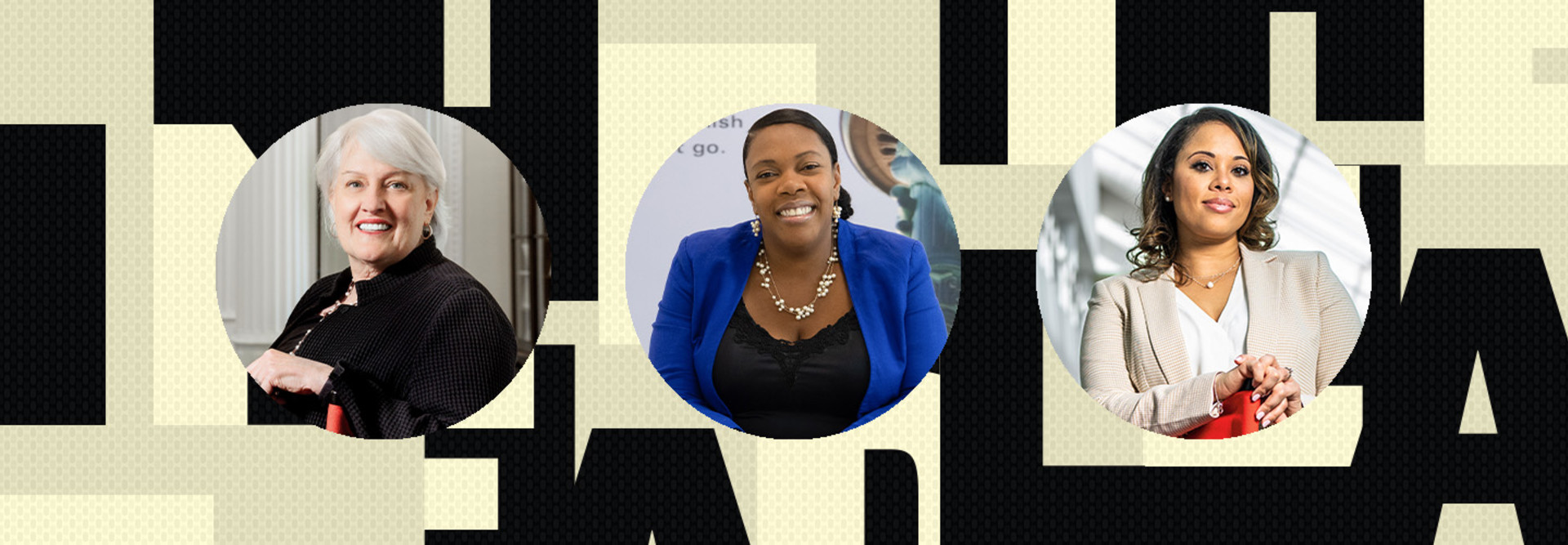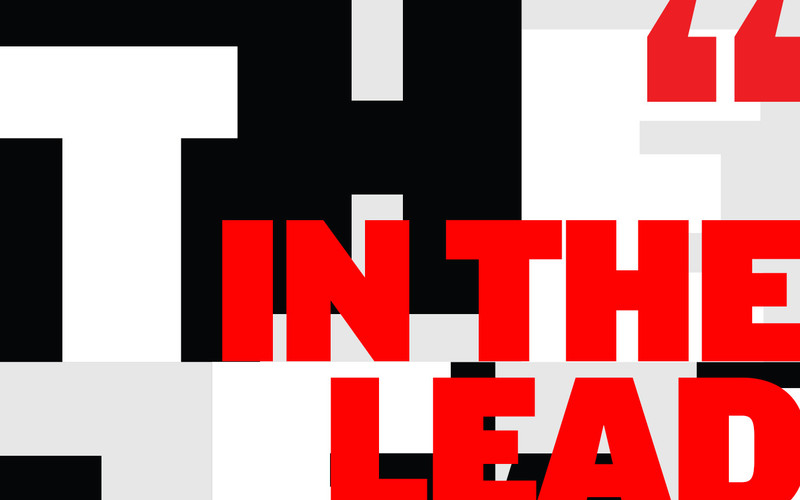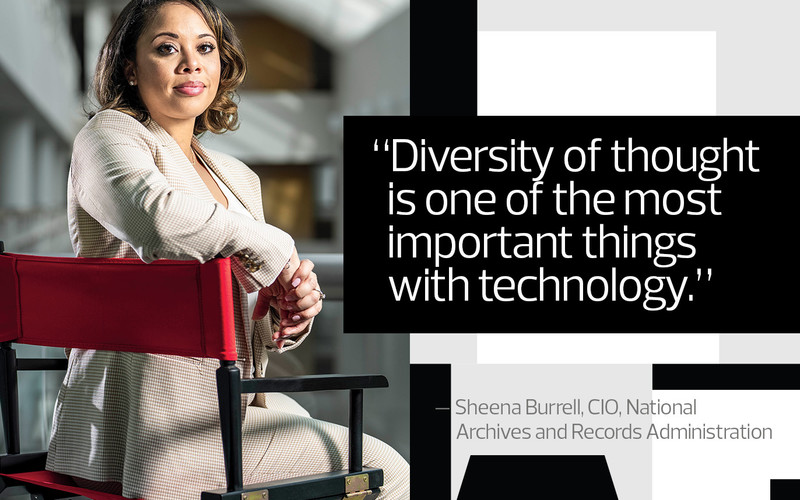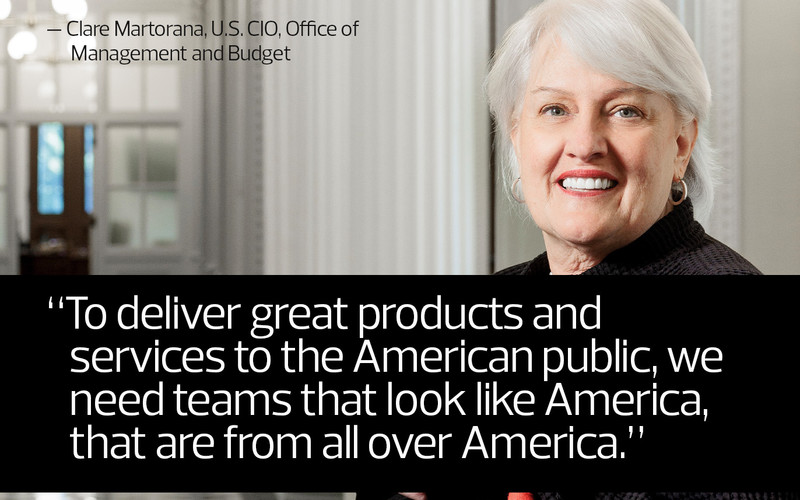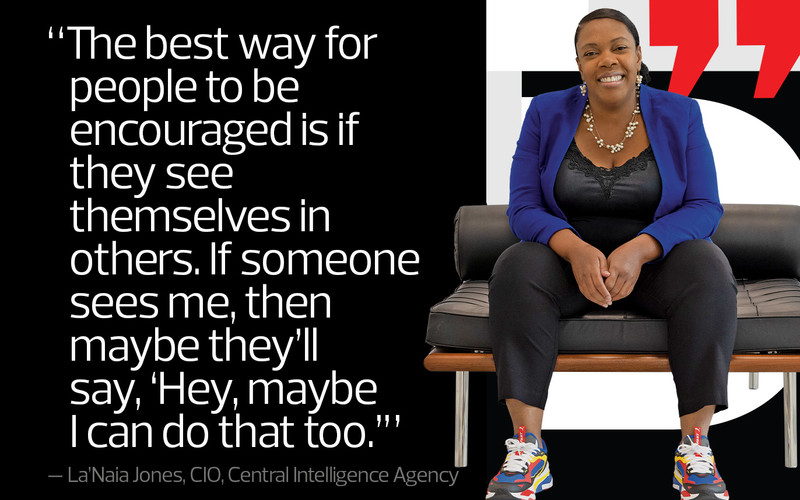Why Did You Choose To Work in the Public Sector?
Jones: My parents both worked in public service at various levels. I have a lot of family members in public service. For me, it provided opportunities: stability, job security and an opportunity to give back.
Martorana: I had the great fortune of working for numerous companies in the healthcare and digital healthcare sectors. The U.S. Digital Service seemed like an incredible opportunity to be able to use what I’ve learned in the private sector and apply it to large programs that are delivering benefits and services to the American people.
Burrell: The most important thing for me was the mission of the agencies I worked for. I started out at the Social Security Administration. I loved trying to help constituents with their disability and retirement. You saw how much you could make a difference.
READ MORE: Review the latest tech tools improving customer and employee experiences.
What Type of Experience Helped You Advance in Your Career?
Jones: Early in my career, I had the chance to serve on behalf of the Department of Defense in Japan. Living in Tokyo, going to many bases and working alongside servicemembers, I really started to appreciate and value the work we did.
Going to locations that are farther away did help me in advancing. All of your experiences, your background — they create who you are today. I started to learn more about how the mission is performed, as well as understanding what it took to accomplish the mission.
Martorana: I find IT and cybersecurity such an interesting sector to work in because every single day, we learn something new. We are trying to solve problems that are both technically and organizationally complex, making sure we have the teams in place and money allocated to do the work. With the way women approach problem-solving, IT is a wonderful career path for people who are curious and lifelong learners.
Burrell: Mentoring and coaching molded me to be able to take on higher-level positions. Renee Wynn was the CIO at the time I worked at NASA. As a woman in technology, it was empowering for me to see her leading the most innovative, cutting-edge agency in the federal government. Renee opened up her network to me. She also was able to give me pointers.
I’ve had an executive coach throughout my career at the National Archives, as well as at SSA. I was able to take my work problems to my executive coach to look at different issues and work through them with my subordinates or peers, or even manage up.



